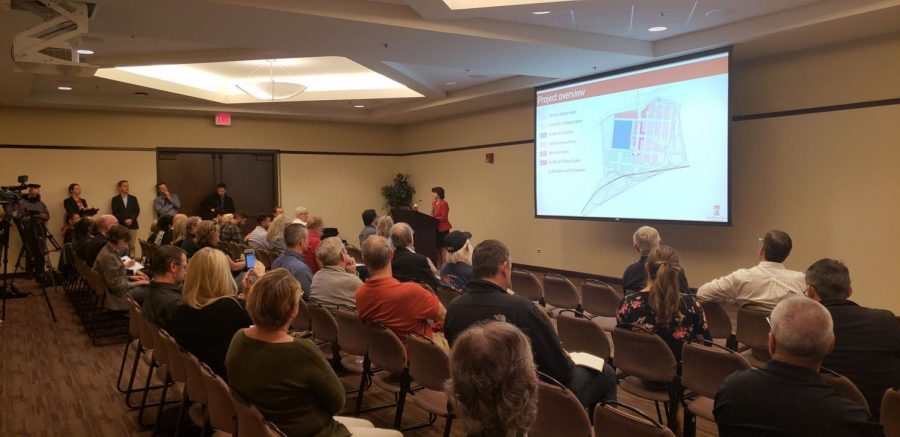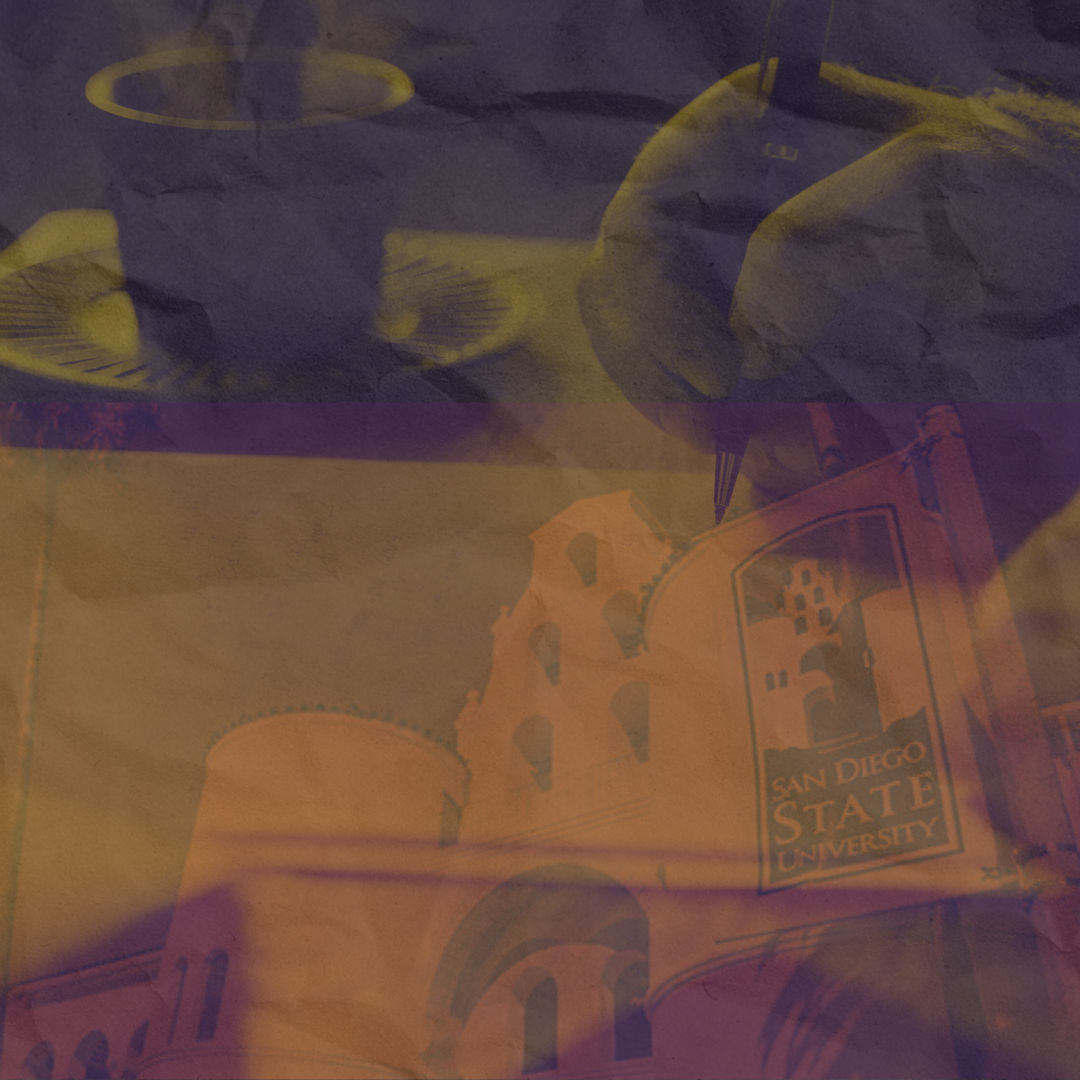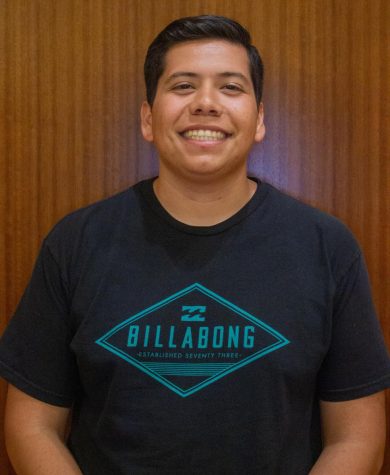San Diego State’s Mission Valley Notice of Preparation and Initial Study Scoping (NOP/IS) meeting on Jan. 29 marked the public’s first chance get educated on the logistics of the SDSU Mission Valley project, featuring ample time for questions and comments.
“This is a very important part,” SDSU alumnus Bill Hammett said. “This right here is living up to the campaign promise of this being an open and transparent process. I think this is the most critical step so that you get the buy-in from the community because we’re going to need everybody to build this.”
The event, which took place at the Parma Payne Goodall Alumni Center, provided guests with a timeline of for the project’s early developments, which will include a public environmental impact report draft released in summer 2019. The draft will also have a 60-day public comment period, with suggestions said to be projected in the final draft, according to SDSU’s Director of Planning Laura Shinn.
First on the agenda is the construction of the 35,000-seat stadium, future home to the Aztecs football team, Shinn said.
One of the public’s largest concerns regarding the project during the campaign surrounds the issue of traffic, as Mission Valley is already notorious for its congested roadways.
Transportation engineer Cecily Taylor from Fehrs & Peers, the private firm that will serve as the project’s traffic consultant, said the firm will be able to analyze and suggest solutions for traffic problems that may arise throughout this project.
“Seeing where there’s congestion, circulation issues and where it’s determined that there are impacts due to this project going in,” Taylor said. “We will be recommending mitigation for those impacts.”
Taylor said the process will be will also incorporate public comments that relate to the firm’s assignment.
“We’ll kind of do our analysis, incorporate any comments we get today and just do our analysis and that will be in the draft (environmental impact report),” Taylor said. “And, that draft (environmental impact report) will go out for public comment and when those comments come in we’ll kind of do the analysis again so this is a little bit iterative, but not necessarily ongoing.”
For many attendees, statements like these reiterated the project’s emphasis on public input. After just this meeting, Hammett said his perception of this project has differed from the construction of Viejas Arena, which he said was largely planned behind closed doors.
“When the arena was built over here, first it was Cox Arena and now it’s Viejas Arena, that was very much a forced decision,” Hammett said. “That was something that was decided on from the very top of the university and everybody had to comply and they just built the thing. The community wasn’t as involved.”
San Diego resident Mark Moss said he agrees that a forum like this gives everyone working on the project a chance to be transparent with the public about the impacts the project might have on the environment.
“I think (these meetings are) very important because it’s a major piece of land in a growing area of the city and whether its private developers or city or the university, all should be transparent and open about what the impacts may be to the local environment,” Moss said.
Public comments may also be submitted to mvcomments@sdsu.edu by Feb. 19. The last announced Mission Valley NOP/IS Scoping meeting is scheduled for Feb. 7 at the Mission Valley Marriott at 3:30 p.m.












